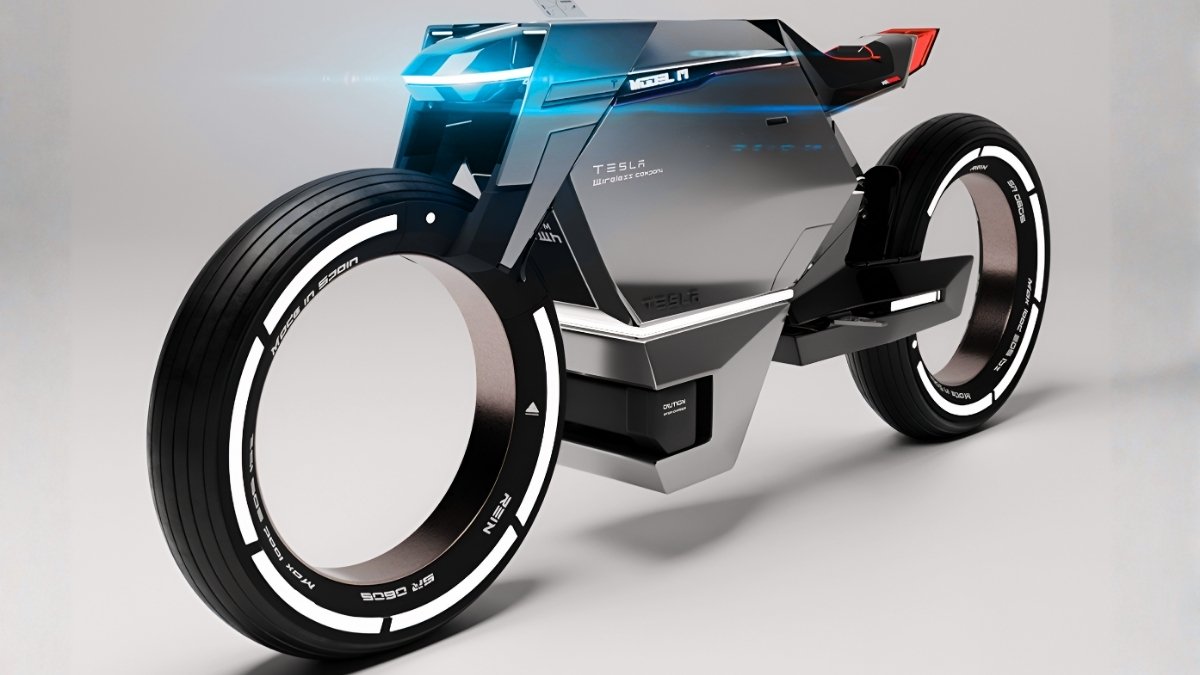When you think of innovation in design, a few names stand out — and Jans Slapins and Victor Rodriguez Gómez are definitely among them. Their collaborative design concept has been turning heads in the creative world, combining bold aesthetics with futuristic thinking.
At its core, their concept isn’t just about making something that looks beautiful — it’s about pushing boundaries. Whether it’s in automotive design, industrial products, or digital visualization, the duo’s approach focuses on how form, function, and emotion can work together.
Their work matters because it challenges conventional design language. It’s where art meets engineering — and imagination meets precision.
How the Design Concept Started – A Brief Background
Jans Slapins, a designer known for his futuristic automotive renderings (like the Lamborghini Rat Rod concept that went viral in 2015), teamed up with Victor Rodriguez Gómez, a skilled visual artist with a passion for realism and innovation.
Together, they began experimenting with ways to reimagine modern design — blending sci-fi inspiration with real-world usability. Their collaboration took shape through shared ideas about minimalism, fluid geometry, and mechanical honesty.
They wanted to answer one question: What would design look like if we stopped following the rules?
Understanding the Vision Behind the Concept
Slapins and Gómez aren’t just building models — they’re crafting visions of what’s next. Their work reflects the shift from purely aesthetic design toward purposeful creativity.
Here’s what sets their concept apart:
| Element | Description | Why It’s Important |
|---|---|---|
| Futuristic Form | Sleek, aerodynamic shapes with clean lines | Captures movement even when static |
| Function Meets Art | Every curve and surface serves a technical role | Enhances both beauty and performance |
| Sustainability Focus | Integration of recyclable materials and smart production | Aligns with modern eco-conscious trends |
| Digital Integration | Concepts visualized in 3D and VR environments | Speeds up prototyping and feedback loops |
Their approach is a blueprint for how technology and creativity can blend seamlessly.
Why This Design Concept Is Making Headlines
What makes the Innovative Design Concept by Jans Slapins & Victor Rodriguez Gómez stand out isn’t just its looks — it’s its message.
They’re showing the world that design can be expressive and efficient. In industries where innovation often moves slowly, their work sparks conversations about new possibilities. It’s been featured across design platforms, social media, and concept exhibitions worldwide.
More importantly, their creations inspire the next generation of designers to think differently — to create, not just imitate.
How to Apply Their Design Principles in Your Own Work
You don’t need a massive studio or a million-dollar budget to think like Slapins and Gómez. What you need is mindset.
Here are some practical ways to apply their design thinking:
- Start with Emotion – Ask how your design makes someone feel, not just how it functions.
- Simplify – Reduce unnecessary elements. Every curve should serve a purpose.
- Experiment Digitally – Use 3D tools like Blender or Unreal Engine to visualize before building.
- Combine Old and New – Mix traditional craftsmanship with digital tools.
- Think Long-Term – Design for the future — sustainability and adaptability matter.
When you design with intention and imagination, innovation follows naturally.
Best Lessons from Jans Slapins & Victor Rodriguez Gómez – Explained Simply
Here’s what their work teaches us:
- Design is storytelling. Every concept communicates an idea or emotion.
- Collaboration is power. Different skill sets amplify creative output.
- Innovation comes from curiosity. Ask “what if?” more often.
- Technology is a tool, not the goal. Use it to enhance, not overshadow, the vision.
Their partnership is proof that creativity thrives where art and engineering meet halfway.
Conclusion
The Innovative Design Concept by Jans Slapins & Victor Rodriguez Gómez is more than a visual marvel — it’s a statement about the future of design. It shows how imagination, collaboration, and technology can redefine what’s possible.
Whether you’re a designer, artist, or simply a fan of creative thinking, their work is a reminder that innovation starts with daring to dream differently.
